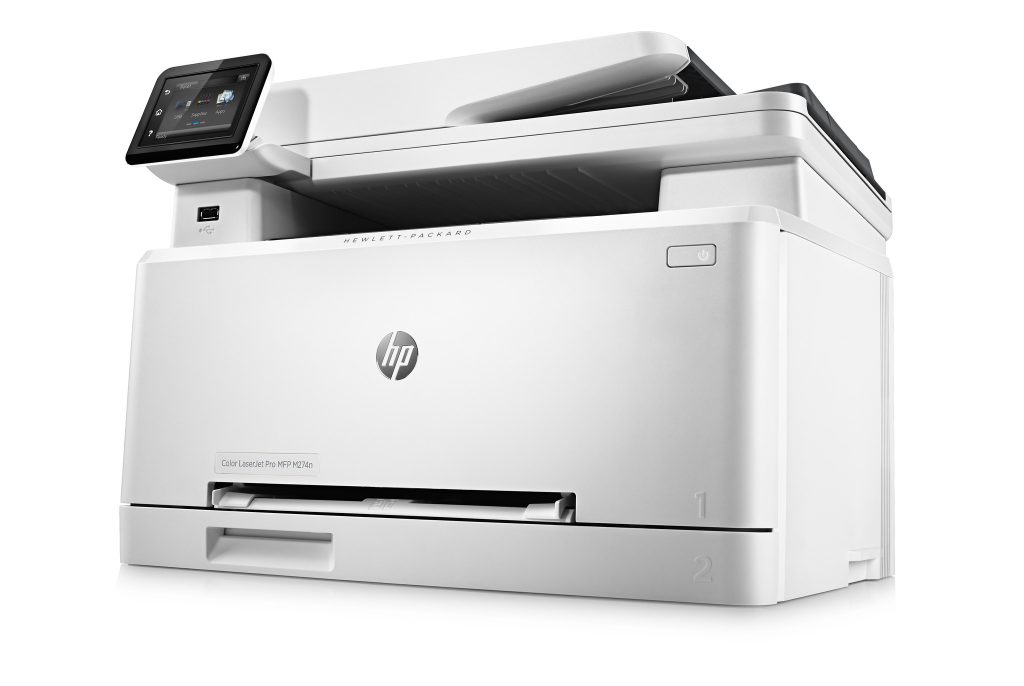This guide is designed to help you identify and resolve common HP printer not working issues. We’ll take you through each step, ensuring you have all the information needed to diagnose and fix the problem.

Table of Contents
Common HP Printer Not Working Issues and Solutions
Several issues can cause your HP printer to stop working. We’ll explore these problems and provide step-by-step solutions to each.
Paper Jams
Paper jams are one of the most common problems in printers. When a jam occurs, first turn off your printer to prevent damage to the machine or injury to yourself.
Open the access panels as indicated in your printer’s manual. When removing jammed paper, do so gently to avoid tearing it, which could leave pieces behind and cause further issues.
After clearing the jam, check the paper path for any remaining debris. Use a flashlight if necessary to ensure all obstructions are removed. It’s important to use the correct paper type and size for your printer and not to overload the paper tray.
Overloading or using incorrect paper can lead to frequent jams. Once the jam is cleared and the correct paper is loaded, close all access panels and turn the printer back on to reset the system.
Check out this HP Printer Paper, Multipurpose, 8.5″ x 11″ available at Walmart.
Printer Not Responding
When your HP printer is not responding, several factors could be at play. First, check all physical connections. Ensure that USB cables are securely plugged in. If you’re using a wireless connection, confirm that your printer is connected to the correct Wi-Fi network.
Sometimes, the issue could be with the computer sending the print job. Restart your computer to refresh its connection to the printer. If the problem persists, check your printer’s status. If it’s showing as ‘offline’ in your computer’s printer settings, try setting it back to ‘online’.
Also, ensure there are no pending print jobs in the queue that could be causing a backlog. Clearing the print queue can sometimes resolve the issue.
If these steps don’t work, try reinstalling your printer on your computer, which can reset any misconfigured settings.
Low Ink or Toner
Low ink or toner levels not only affect print quality but could also stop your printer from working altogether. Most HP printers have an indicator that alerts you when ink or toner is low. You can also check the levels manually through your printer’s control panel or via the HP software on your computer.
When replacing ink or toner, ensure you use the right type for your specific printer model. Using the wrong type can damage your printer.
When installing new cartridges, it’s important to properly align and test them. This can be done through your printer’s control panel. It usually has an option for cartridge alignment and a test print. This ensures your prints are clear and the printer operates efficiently.
Check out this HP 30A (CF230A) Toner Cartridge, Black available at Walmart designed for HP LaserJet Pro M203 and M227.
Driver Issues
Printer drivers are essential software that communicates between your computer and printer. If they are outdated or corrupted, your printer may not function correctly.
To update your drivers, visit the HP official website. Enter your printer model, and download the latest driver version. Installing the latest drivers can resolve many issues including printer errors, and connectivity problems, and improve performance.
If you’re unsure about which driver to download, the HP website usually provides a guide based on your printer model and operating system. After downloading, follow the installation prompts. Restart your printer and computer after installation to ensure the new drivers are properly integrated.
Regular Maintenance and Care
Regular maintenance is crucial for the longevity and efficiency of your HP printer. This includes keeping the printer clean from dust and debris, which can accumulate and cause issues over time. Use a soft, dry cloth to gently wipe the exterior and interior surfaces. Avoid using wet or abrasive cleaners.
Check for software and firmware updates regularly, as these can fix known issues and improve printer functionality.
Also, make sure to replace ink or toner cartridges when needed, and use only recommended supplies by HP. This not only ensures the best print quality but also prolongs the life of your printer.
Seeking Professional Help
If you’ve followed all the troubleshooting steps and your printer still isn’t working, it might be time to seek professional help. Contact HP’s customer support for guidance. They can provide more in-depth troubleshooting steps and, if necessary, arrange for repairs.
If your printer is under warranty, repairs or replacements might be covered. For out-of-warranty printers, consider taking them to an authorized HP service center. The technicians at these centers are trained specifically in HP products and can provide expert repair services.
Remember, attempting complex repairs on your own can void your warranty and potentially cause further damage to the printer.